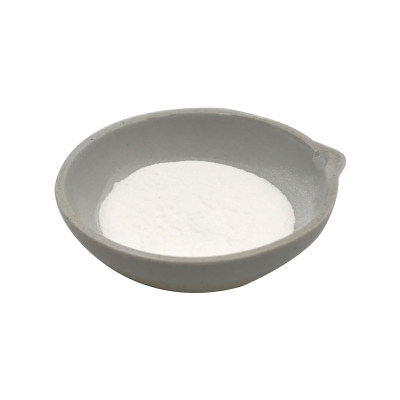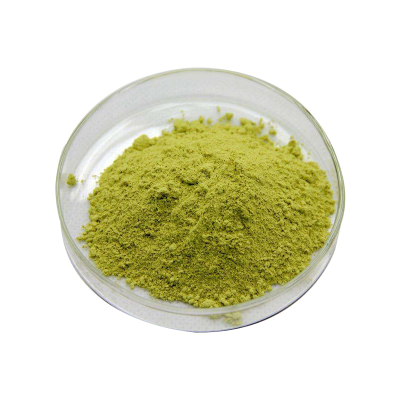2-ETHYL-3-HYDROXY-6-METHYLPYRIDINE CAS#2364-75-2
Introduction
2-ethyl-3-hydroxy-6-methylpyridine, also known as 2-ethyl-6-methyl-3-pyridinol, is a chemical compound with the molecular formula C8H11NO. Its CAS number is 2364-75-2. This compound is widely used in the chemical industry as a building block for the synthesis of various chemicals. In this article, we will discuss the properties, uses, and synthesis of 2-ethyl-3-hydroxy-6-methylpyridine.
Properties
2-ethyl-3-hydroxy-6-methylpyridine is a white to off-white crystalline powder with a melting point of 88-92°C. It is soluble in water, ethanol, and other organic solvents. This compound has a strong odor and is sensitive to light. Its chemical structure includes a pyridine ring, an ethyl group, a hydroxyl group, and a methyl group.
2-ethyl-3-hydroxy-6-methylpyridine has a variety of physical and chemical properties that make it useful in various applications. For example, it has a high boiling point of 295°C, which makes it suitable for use in high-temperature reactions. It also has a low vapor pressure, which makes it less likely to evaporate during processing.
Uses
2-ethyl-3-hydroxy-6-methylpyridine is used in the production of various chemicals, including pharmaceuticals, agrochemicals, and fragrances. It is a key intermediate in the synthesis of pyridine-based drugs such as nifurtimox and benznidazole, which are used to treat Chagas disease. It is also used in the production of herbicides, insecticides, and fungicides.
2-ethyl-3-hydroxy-6-methylpyridine is also used as a flavoring agent in the food industry. It has a sweet, caramel-like flavor that is used in various food products such as baked goods, candy, and beverages. It is also used as a fragrance in perfumes and cosmetics.
Synthesis
2-ethyl-3-hydroxy-6-methylpyridine can be synthesized by several methods. One common method is the reaction of 2,6-lutidine with ethyl vinyl ether in the presence of a catalyst such as p-toluenesulfonic acid. The reaction produces 2-ethyl-6-methyl-3-vinylpyridine, which is then hydrogenated to yield 2-ethyl-3-hydroxy-6-methylpyridine.
Another method involves the reaction of 2,6-lutidine with ethylene oxide in the presence of a catalyst such as sulfuric acid. This reaction produces 2-ethyl-6-methyl-3-hydroxypyridine, which is then dehydrated to yield 2-ethyl-3-hydroxy-6-methylpyridine.
Conclusion
2-ethyl-3-hydroxy-6-methylpyridine is a versatile chemical compound that is widely used in the chemical industry. Its unique properties make it suitable for use in various applications, including the production of pharmaceuticals, agrochemicals, and fragrances. The synthesis of this compound can be achieved by several methods, making it readily available for use in different processes. As a top chemical expert, it is important to understand the properties, uses, and synthesis of 2-ethyl-3-hydroxy-6-methylpyridine to fully appreciate its potential in the chemical industry.




